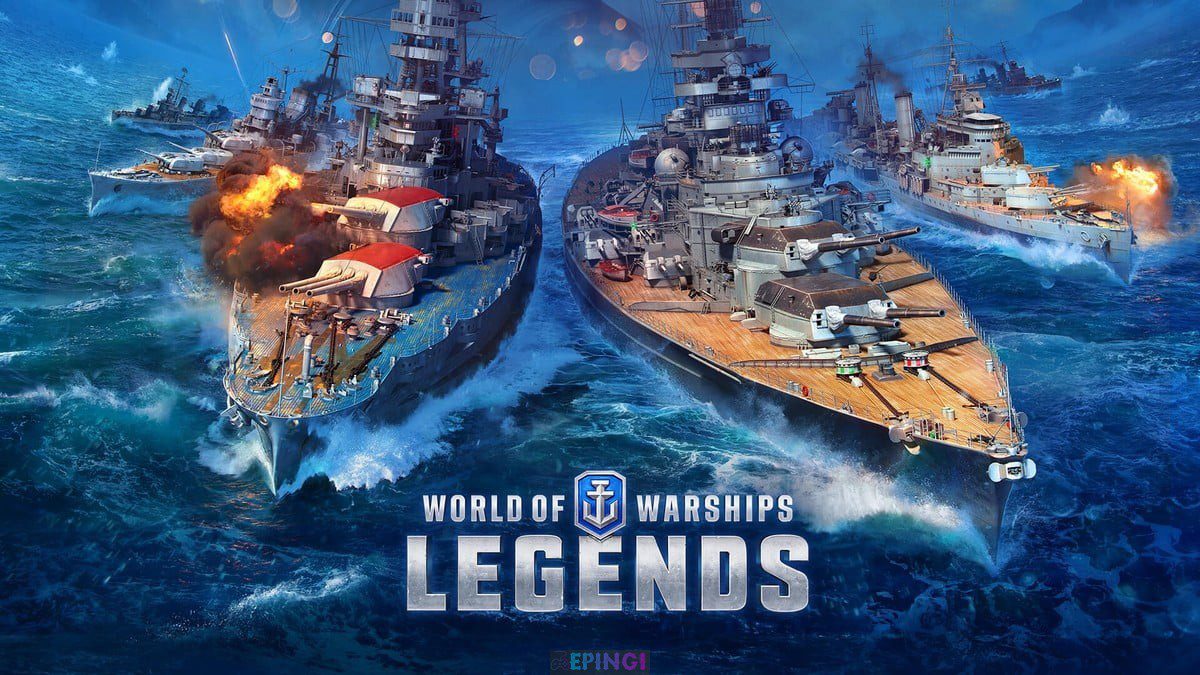

In other words the Arctic ice is proving hard to predict. The latest Met Office figures show that the amount of sea ice now is less than the 1981 to 2010 mean (when some of the starkest ice-retreat predictions were emerging) but that for the last five years, the trend has reversed a little. That matters for the same two reasons every maritime trade area in the world matters – routes and resources.Īs commercial shipping routes, the speed with which the Northeast Passage (Russia and Norway) and Northwest Passage (Canada and Alaska) will become viable remains uncertain. Once they join, every Arctic country except Russia will be a member of Nato.

It wasn’t long before the Arctic nations Sweden and Finland were asking to join. Then Putin invaded Ukraine (again) and suddenly all eyes were back on the world’s strongest military alliance.

Bad ideas, but that was the European rhetoric and the US was understandably unimpressed. Its senior member, the US, was asking why it had to keep paying for it whilst European countries, having largely underpaid yet benefitted from its umbrella for so long, were throwing up EU-shaped alternatives. First among his reasons for this was the unifying effect the war was having on Nato.īefore the invasion, the alliance was wobbling. Just four months after Russia’s 2022 invasion of Ukraine, Admiral Sir Tony Radakin, head of the UK armed forces, boldly stated that Russia has “strategically lost the war in Ukraine”. The impending addition of Sweden and Finland to Nato means that this is one of those moments. Periodically the Arctic, the second most austere place on the planet, raises a gloved mitt for attention in the international debate.


 0 kommentar(er)
0 kommentar(er)
